Decoding Chinese Homophones: Understanding the Meaning Behind Similar Pronunciations
Homophones can be one of the biggest enigmas learners face when it comes to the Chinese language. First, picture this: two sentences, both containing the character “花” (huā), yet discussing entirely unrelated concepts.
- 一朵漂亮的花儿。(Yī duǒ piàoliàng de huār. )
- 他今天花了一百元。(Tā zuátiān huā le yībǎi yuán.)
How can a single character mean completely different things? Are they one word or two? And why do they sound exactly the same? Today, we’ll crack the code on several groups of homophones to help boost your Chinese comprehension.
Homonyms in Chinese are words that sound the same but have unrelated meanings. This is common in many languages because there are limited syllables, and new concepts require new words that will inevitably share the same pronunciation as existing words.
Mandarin Chinese has around 1200 syllables thanks to its four tones, resulting in numerous homonyms. Homonyms in Chinese can be classified as homographs or homophones, and we’ll focus on the latter.
Homophones are words that share the same pronunciation and character but possess different, unrelated meanings. It’s important to note that homophones are distinct words, unlike polysemes, which have multiple meanings within a single word.
Take another look at the two examples mentioned earlier:
花1 (huā): 一朵漂亮的花儿。(Yī duǒ piàoliàng de huār. )
A beautiful flower.
花2 (huā): 他昨天花了一百元。(Tā zuátiān huā le yībǎi yuán.)
He spent 100 yuan yesterday.
The meanings of these sentences are distinctly unrelated – the first refers to a “flower,” while the second refers to “spending.” Surprisingly, they share the same character. Hence, 花1(huā)and 花2(huā)belong to a group of homophones.
Now, look at the following two sentences :
- 他在教室里。 (Tā zài jiàoshì li.) He is in the classroom now.
- 他们在食堂里吃饭。(Tāmen zài shítáng li chī fàn. )They have meals in the canteen.
Sentence (1) uses 在(zài) as a verb, indicating the location of a person or thing, while in sentence (2), 在(zài) functions as a preposition expressing both location and time. Are they homophones? No, they aren’t, as there is a clear connection between the meanings – they both indicate location. Therefore, these two meanings belong to a single word, 在(zài).
In the next section, we’ll analyze several groups of homophones to look at their meanings in different contexts.
1. 花(花1、花2)
In the book “International Curriculum for Chinese Language Education“, the character 花(huā) is categorized as a level three (HSK3) word. This character, originally created in ancient China, was initially a pictographic representation and later evolved into a phonogram. The illustration below demonstrates this transformation.
The meaning of 花1(huā) represents the very essence of a plant from which seeds or fruits develop. It often refers to brightly colored and short-lived components. Other meanings of 花1(huā), as depicted in the chart below, are derived from this primary definition.
| 花1 | ||
|---|---|---|
| Flower; blossom; bloom | 一朵花 (yī duǒ huā ) a flower | noun |
| Anything resembling a flower | 雪花 (xuě huā) snowflake | |
| Fireworks | 烟花(yān huā) fireworks | |
| Young and beautiful girl or woman | 校花(xiào huā) | |
| Multicoloured; coloured;variegated | 小花狗(xiǎo huā gǒu) spotted puppy
花蝴蝶(huā hú dié) variegated butterfly | adj |
| blurred; dim | 眼花(yǎn huā)have dim eyesight | |
| Fancy; florid; flowery; showy | 你的字太花了。(Nǐ de zì tài huā le .)
Your handwriting is too fancy. | |
On the other hand, 花2(huā) functions as a verb, indicating the action of “spending” or “expending.” For instance, it is used in phrases like “花钱” (huāqián, spend money) or “花时间” (huā shíjiān, spend time).
| 花2 | |
|---|---|
| spend;expend | 花钱(huā qián) spend money
很花时间 (hěn huā shí jiān ) take a lot of time
|
2. 白 (白1 、白2、白3、白4)
When you learn about colors, one example is 白色(báisè) which means white. In the book “International Curriculum for Chinese Language Education,” 白(bái) is classified as a level 2 (HSK2) word, but it doesn’t explicitly mention that 白(bái) is part of a group of homophones.
白(bái) has four different meanings that we’ll explore. Similar to 花(huā), this character originated in ancient China and originally depicted the shape of candlelight.
The first meaning of 白(bái) is “bright and clear,” as seen in phrases like “东方发白” (dōngfāng fā bái), meaning “the east turns white,” and “真相大白” (zhēnxiàng dà bái) meaning “the truth becomes clear.” Later, it also came to represent the color white, as in the sentence “我买了一条白裙子” (Wǒ mǎi le yītiáo bái qúnzi) which translates to “I bought a white dress.” There are further meanings for 白1 (bái), which you can explore in the chart below.
| 白1 | ||
|---|---|---|
| Bright | 东方发白(dōngfāng fā bái)
The eastern sky is turning grey; day breaks. | adj |
| Clear | 真相大白(zhēnxiàng dà bái) Come out in the wash. | |
| White | 我买了一条白裙子。(Wǒ mǎi le yī tiáo bái qúnzi.)
I bought a white dress. | |
| Nothing inside | 白开水 (báikāishuǐ) Plain boiled water. | |
| Funeral affairs | 白事(báishì) | |
| Look at somebody with the white of the eye—give somebody a condescending or superior look | 我白了他一眼。 (Wǒ bái le tā yī yǎn.)
I gave him a condescending look. | verb |
As an adverb, 白2(bái)” has the following meanings:
| 白2 | ||
|---|---|---|
| In vain; to no purpose; for nothing | 白跑了一回 (bái pǎo le yī huí)
Make a fruitless trip | adv |
| Free of charge | 白送 (bái sòng) give away free (of charge) | |
白3(bái) functions as an adjective and indicates something written or pronounced incorrectly, specifically referring to a Chinese character. For instance, “你把字念白了”( nǐ bǎ zì niàn bái le) means “you pronounced the character incorrectly,” which has the same meaning as “你把字念错了”( nǐ bǎ zì niàn cuò le).
| 白3 | ||
|---|---|---|
| (of a chinese character) written incorrectly or mispronounced | 你把字念白了。(Nǐ bǎ zì niàn bái le. )
You pronounced the character incorrectly. | adj |
白4(bái) requires combination with other morphemes to form a complete word and cannot be used alone.
| 白4 | |
|---|---|
| State; explain | 我对她表白了。(Wǒ duì tā biǎobái le.)
I expressed love for her. |
3. 别 (别1、别2、别3、别4)
The word 别(bié) is categorized as a level two (HSK2) word and belongs to a group of four homophones, each with its own distinct meaning. The character 别(bié) originated as an associative compound, with a knife on the left side and a bone on the right. By combining these two parts, 别(bié) originally meant “to dissect” or “to separate” (分剖, fēnpōu). This is also the primary meaning of 别(bié)1, as illustrated in the chart below.
| 别1 | ||
|---|---|---|
| Leave; part | 别了,我的家乡。(Bié le, wǒ de jiāxiāng.)
Goodbye, my hometown. | verb |
| Other; another | 别人 (biérén) other people | pronoun |
| 别2 | ||
| Differentiate;
distinguish | 区别真假 (qūbié zhēn jiǎ)
distinguish whether it’s true or false | verb |
| Difference; distinction | 男女有别 (nánnǚ yǒu bié)
there is a distinction between the sexes | noun |
| Classification;
category | 性别 (xìngbié)
gender | |
| 别3 | ||
| Fasten with a pin or clip | 把表格别在一起。
(Bǎ biǎogé bié zài yīqǐ.) Pin (or clip)the forms together. | verb |
| Stick in | 把门别上 (bǎ mén bié shàng)
bolt the door | |
| 别4 | ||
| (used in giving commands or advice) don’t ; had better not | 别忘了。(Bié wàng le.)
Don’t forget. | adv |
4. 生气 (生气1,生气2)
Polysyllabic words can also be homophones, such as the word 生气(shēng qì) which. Take a look at the chart below for more examples.
| 生气1 | ||
|---|---|---|
| angry | 妈妈很生气。(māma hěn shēngqì.)
Mother is very angry. | verb |
| 生气2 | ||
| lively | 小孩子是最有生气的。
(Xiǎo háizi shì zuì yǒu shēngqì de.) Children are the most lively people. | noun |
We hope this article has provided you with some insights into the homophones found in Mandarin Chinese, where one word can carry multiple unrelated meanings.
By gaining this understanding, you can enhance your vocabulary and expand your Chinese comprehension. Embracing the nuances of homophones in the language will empower you to communicate more precisely and naturally.
Now it’s your turn to put these terms into practice and master them.

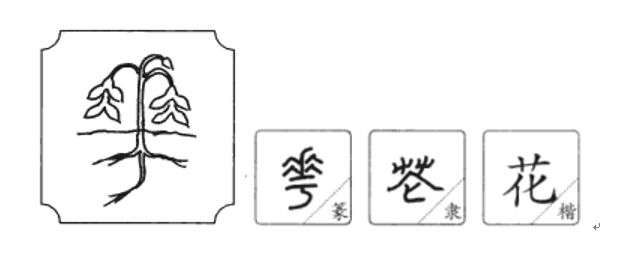
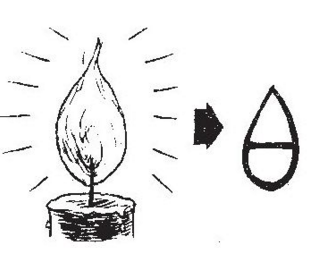
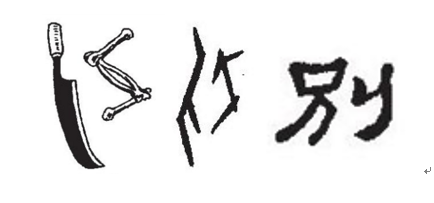

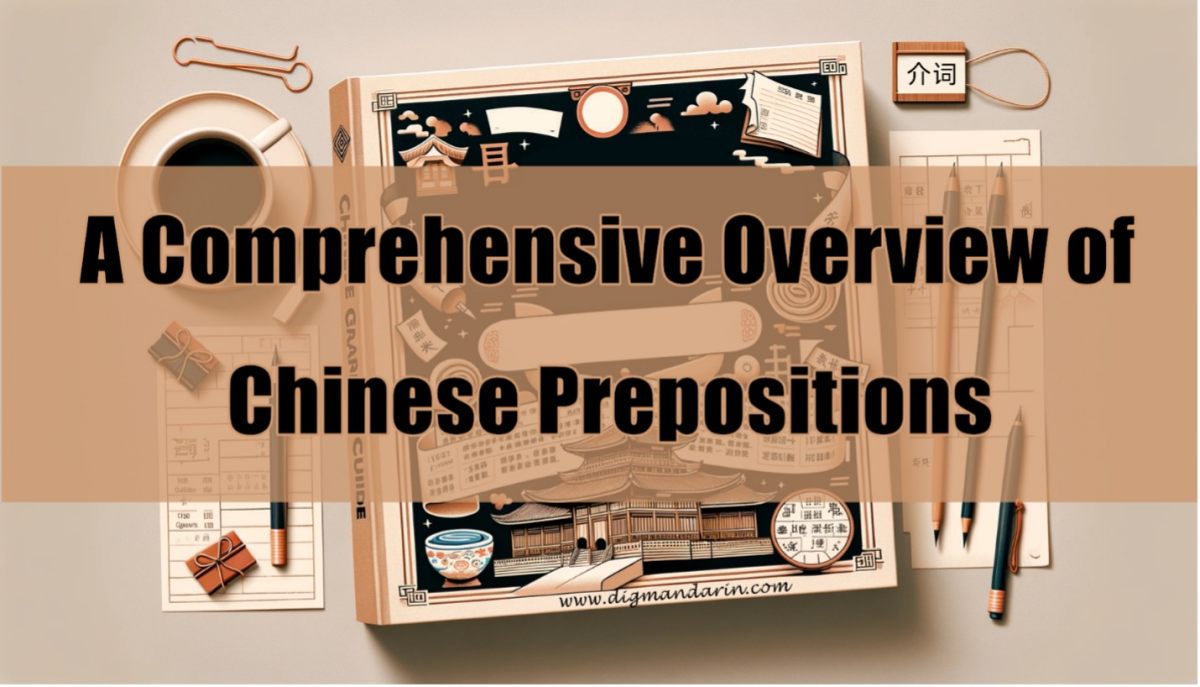

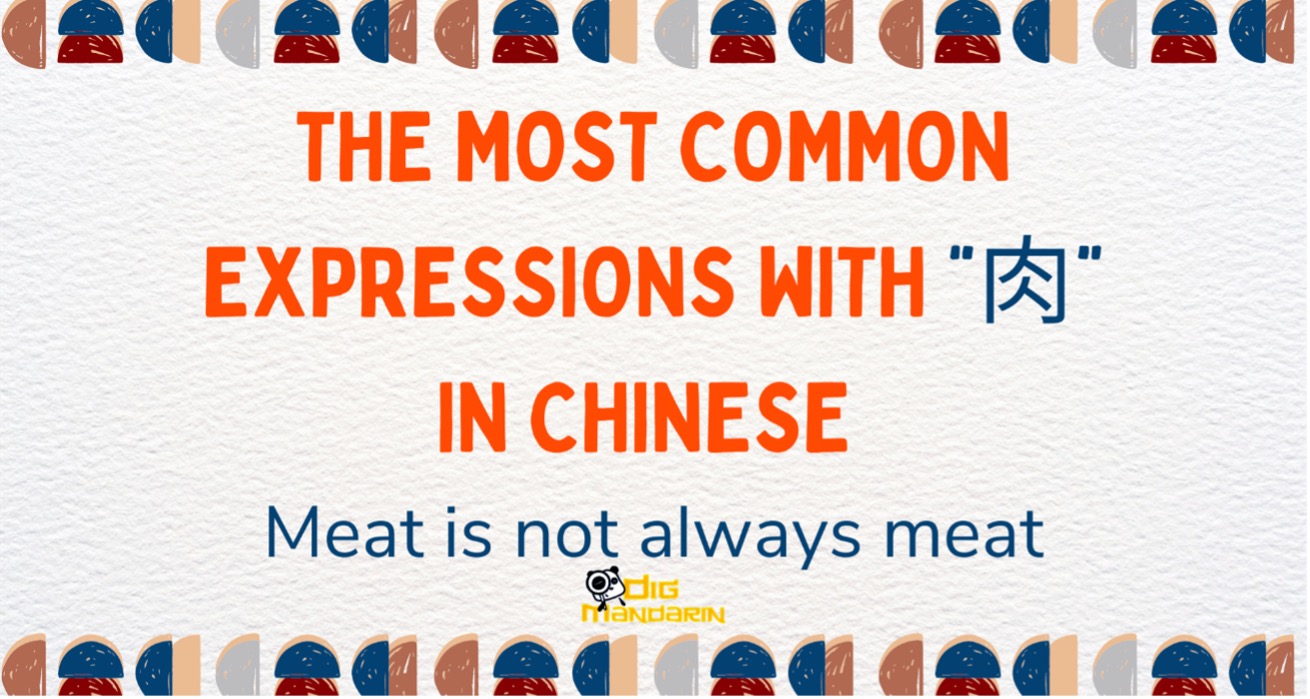
This Post Has 0 Comments